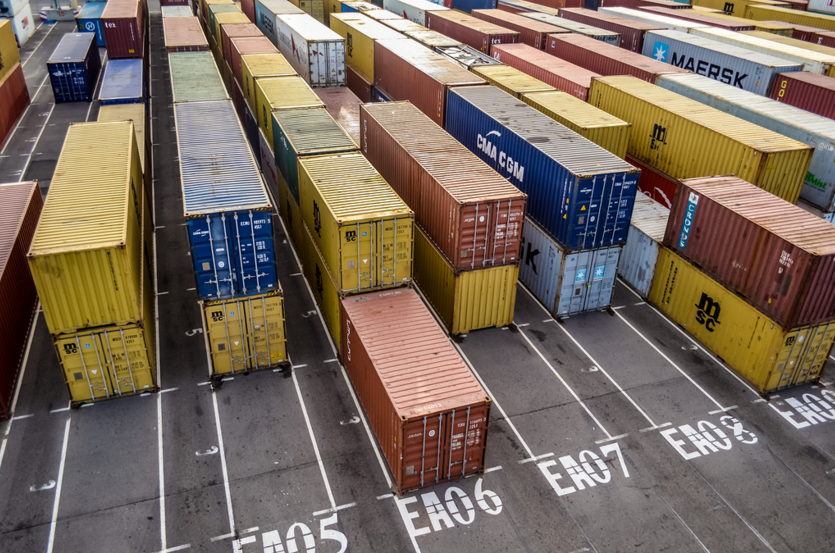
MANILA – The Philippine Exports Development Plan (PEDP) 2015-2017 projects that the country’s exports growth will range from 6.6-8.8 percent in 2016 and from 7.7 – 10.6 percent in 2017, Export Marketing Bureau (EMB) Director Senen Perlada said on Wednesday.
Perlada, during the Forum on the Regionalization of PEDP 2015-2017 in Pasig City, said growth of total exports revenues in 2015 is forecasted to declined as much as 3.8 percent to USD84.26 billion after merchandise exports dropped by 7.4 percent to USD57.53 billion, accounting for 68 percent of the total exports value last year.
This is despite services exports revenue is projected to grow from 4.9 – 7.6 percent ranging from USD26.73 billion to USD29.89 billion.
This year, the PEDP projects combined revenues of merchandise and services exports at USD92.19 billion to USD94.07 billion from the 2015 level.
Revenue growth of exports of goods is seen to increase by 5.4 – 8 percent valuing at USD62.3 billion to USD63.84 billion while services exports receipt is projected to increase by 9 – 10.3 percent at USD29.89 billion to USD30.23 billion.
However, Perlada said the Department of Trade and Industry (DTI) and the Export Development Council (EDC) set stretched target of 8 – 9 percent exports revenue at end-2016.
For 2017, total exports revenue is forecasted to breach the USD100-billion revenue.
With a projected growth of 7.7 – 10.6 percent, outbound shipments revenue is expected to value at USD99.32 billion to USD104.07 billion.
Merchandise exports receipt is projected at USD66.45 billion to USD70.21 billion while services revenue at USD32.87 billion to USD33.86 billion.
Perlada, who is also the EDC Executive Director, stressed that the country’s exports should move up into higher value chain.
“We analyze why despite growth in exports since 2006, the Philippine exports sector could have perform better. If not, for the fact, that first it is trading more goods for which more global demand is weak; second, other exporting countries were able to sell more products in the same markets,” the official added.
He said in order for the country to catch up with the exports revenues of neighboring countries in ASEAN, the Philippines must diversify into new markets and products to reduce vulnerabilities; identify and develop export capabilities in products where global demand is growing; address bottlenecks that undermine the competitiveness of existing exports; and harness the potentials of goods and services where the country is competitive but has not yet attained its comparative advantage.